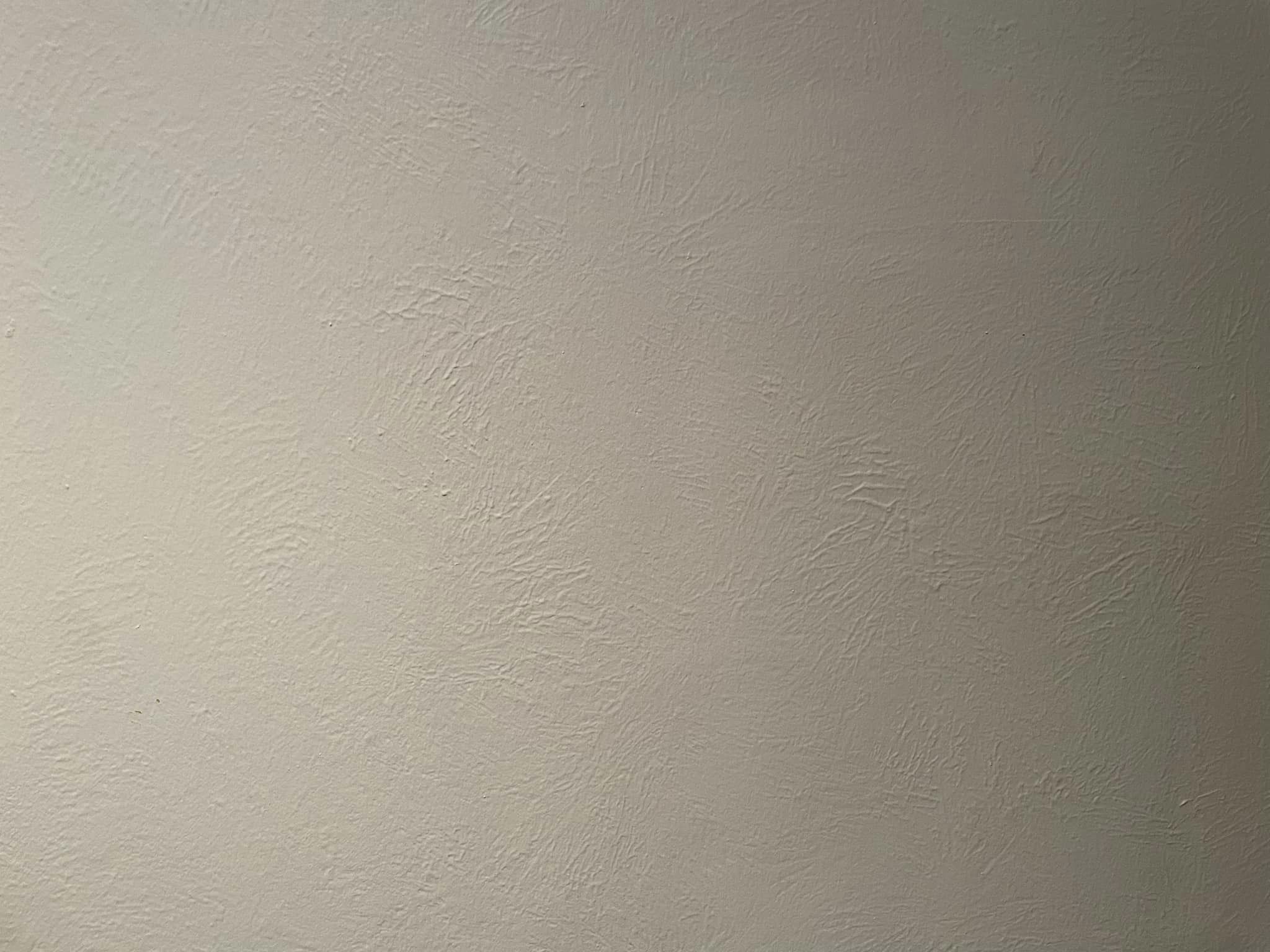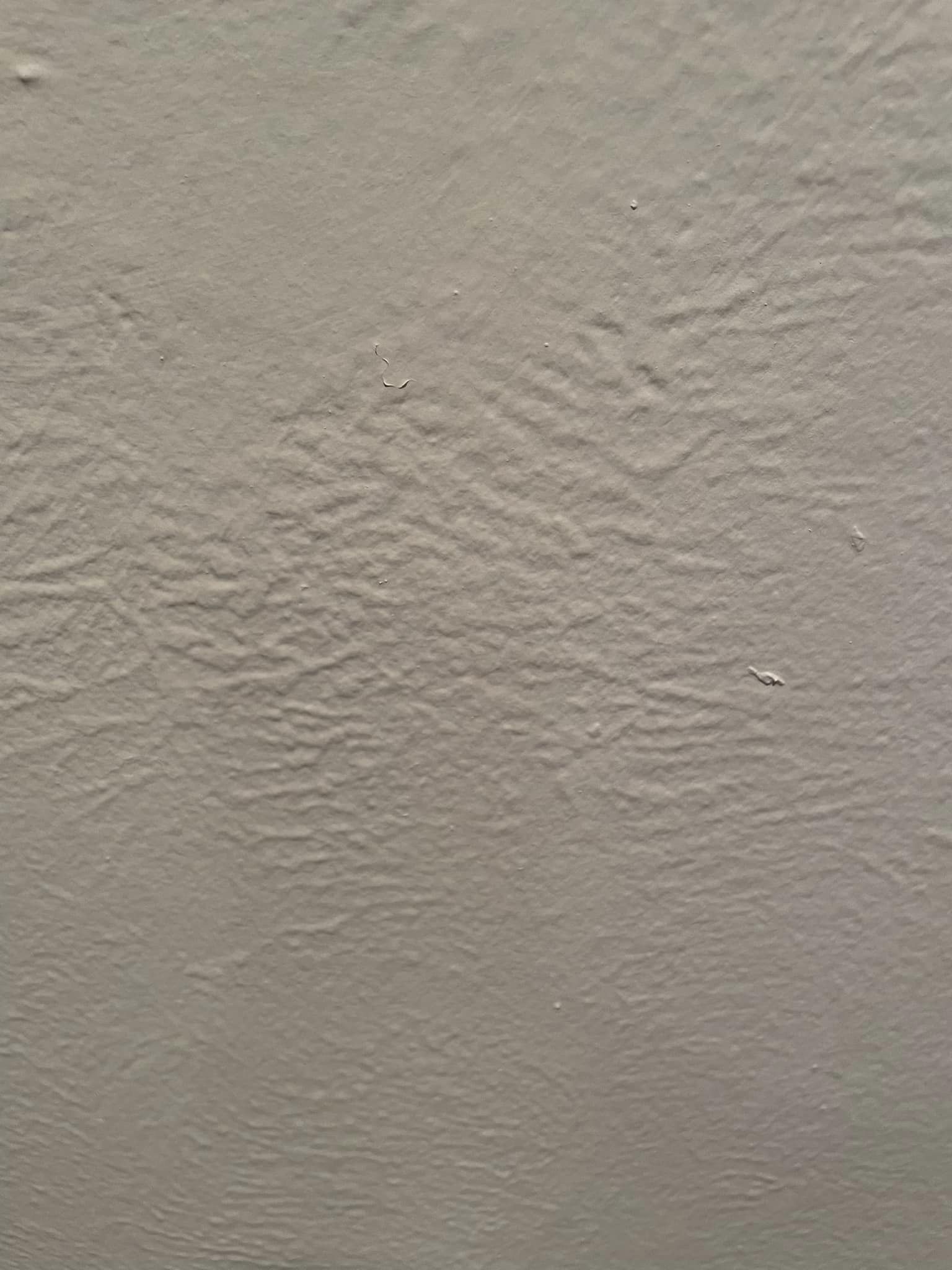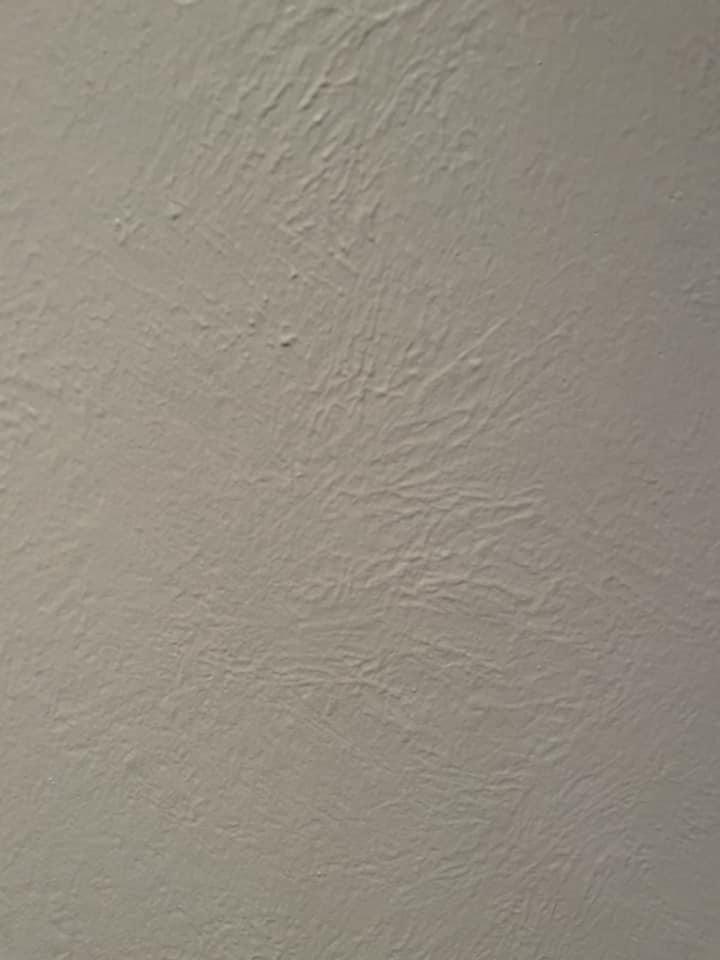What is the name of the texture used on the walls and do you have any advice on how to replicate it successfully when patching areas?
1 year ago
Last Updated: June 14, 2024
Does anyone know what this type of texture is called and have any advice on how to achieve it? When we first moved in, the painter tried to replicate it and, although he did a fantastic job painting, he didn’t quite nail the texture in some patched areas. Thanks for any help!



That’s the problem when individuals create their own unique textures. It seems like drywall mud applied with a roller
Seems like it was done with a thick nap roller.
Even guys who have worked together for years doing the same textures will have slight differences in how they move and apply the texture. It’s like fingerprints – no two people will have the exact same pattern. Trying to match an old pattern with new work is even trickier, especially if you’re not sure exactly how it was done. Factors like temperature, humidity, mud thickness and type, tools and technique used, and who did the texturing will all affect the final result. The best you can hope for is that the patch is close enough that the average person wouldn’t notice. You will always see the difference because you know it’s there, but chances are your friends will never notice unless you point it out to them. Do the pictures show old texture versus new texture? Because I’m not really seeing the difference. Keep in mind that the older stuff probably has several layers of paint, while the new texture patch may only have 2 or 3 layers. Before painting the patch, lightly wipe
Said it best. This is a home. It doesn’t have to be perfect.
It appears to be a mud layer textured with a crumpled linen cloth pressed randomly into the mud before it dries. To make patched areas blend in better, try using the same technique for a sharper look initially and add more layers of paint to soften the texture. Perhaps adding more coats to the patched spots is all that is needed.
Best course of action would be to redo the texture on the whole ceiling with a pleasing texture.
I’m not sure why Doug finds it funny without any context. They definitely have heavy rollers that create textures. Give it a search on Google and you might come across a similar design. I believe there are also lamb wool rollers that provide textures.
No way, tissue paper is amazing! Roll your ceiling with paint, crumple up some tissue paper, apply it, then use a paint roller to create the finish you desire. The results are mind-blowing! I couldn’t afford textured ceilings, so I tried this technique to achieve a leather look and I was amazed. I’ve also used tissue paper for accent walls. The best part is saving a painting step! I hope this tip helps.
One way to match it is to apply a stipple/slap brush knockdown. Roll on drywall mud, use a stipple brush, then go over it with a drywall taping knife or Lexan knife until the texture matches. 👍🏼